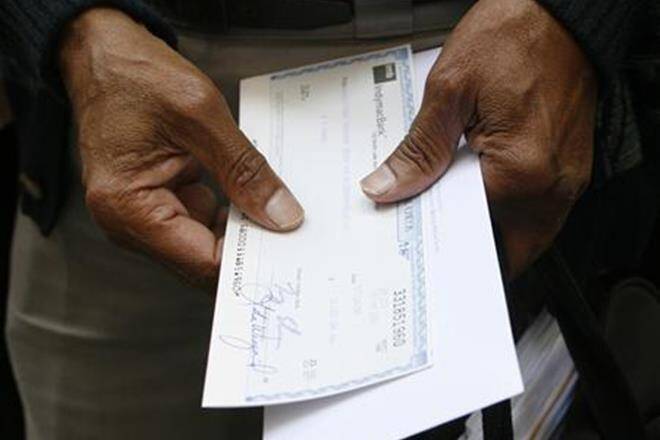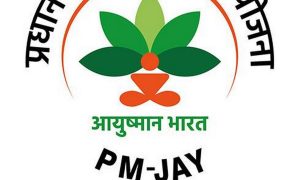RBI introduced the Positive Pay System in 2021 to combat the rising cases of cheque fraud.
The Reserve Bank of India (RBI) introduced the Positive Pay System (PPS) to enhance the security of cheque-based transactions and reduce the risk of fraud. This system is especially useful for detecting fraudulent or unauthorised alterations to cheques.
Read More: Raksha Bandhan 2024: Are banks closed on Monday, August 19? Check here
What is Positive Pay?
RBI introduced the Positive Pay System in 2021 to combat the rising cases of cheque fraud. It’s an electronic authentication process where you share the key details of a high-value cheque with your bank before it’s presented for payment.
Under the PPS, the issuer of the cheque (drawer) shares the cheque details with their bank before handing it over to the beneficiary. These details typically include the cheque number, cheque date, payee name, account number, amount, and other relevant details.
By adopting Positive Pay, will you be taking a proactive step? Let’s find it below.
Read More: UPI Circle: What is the new feature and how will it work for multiple users? Check top 5 points
How Does It Work?
When the beneficiary presents the cheque for encashment, the bank verifies the details against the information provided by the drawer. If the details match, the cheque is processed. If there is a discrepancy, the bank flags the cheque for further verification.
Issue a cheque: When you issue a cheque for Rs. 50,000 or more, you can voluntarily submit its details to your bank.
Share cheque details: You provide information like cheque number, date, amount, payee’s name, and account number to the bank through various channels (net banking, mobile app, SMS, or branch).
Bank verification: The bank verifies these details when the cheque is presented for payment.
Enhanced security: If the details match, the cheque is cleared. Any discrepancies lead to a hold, reducing the chances of fraudulent cheques being cashed
Key benefits of Positive Pay:
Reduces cheque fraud: By verifying cheque details, it minimises the risk of altered or counterfeit cheques.
Enhances security: Adds an extra layer of protection to your cheque payments.
Faster clearing: Reduces the chances of cheque returns due to discrepancies.
Peace of mind: Gives you confidence in your cheque transactions.
Read More: LIC Housing Finance launches special home loan scheme for defence personnel at 8.5% interest
Important points to remember:
Voluntary for cheques below Rs. 5 lakhs: Currently, Positive Pay is optional for cheques between Rs. 50,000 and Rs. 5 lakhs.
Mandatory for cheques above Rs. 5 lakhs: For cheques exceeding Rs. 5 lakhs, Positive Pay is mandatory.
No modification or deletion: Once you submit cheque details, you cannot change or delete them.
Stop payment: You can still stop payment of a cheque before it’s presented.
Implementation Across Banks
Most banks in India have adopted the PPS for cheques above Rs 50,000. Customers are advised to check with their respective banks for specific details on how to use the Positive Pay System and its thresholds.
In summary, the Positive Pay System is a preventive measure introduced by the RBI to safeguard cheque transactions from fraud, enhancing the overall security of the banking system.
DISCLAIMER: The views and investment tips by experts in this News18.com report are their own and not those of the website or its management. Readers are advised to check with certified experts before making any investment decisions.





































